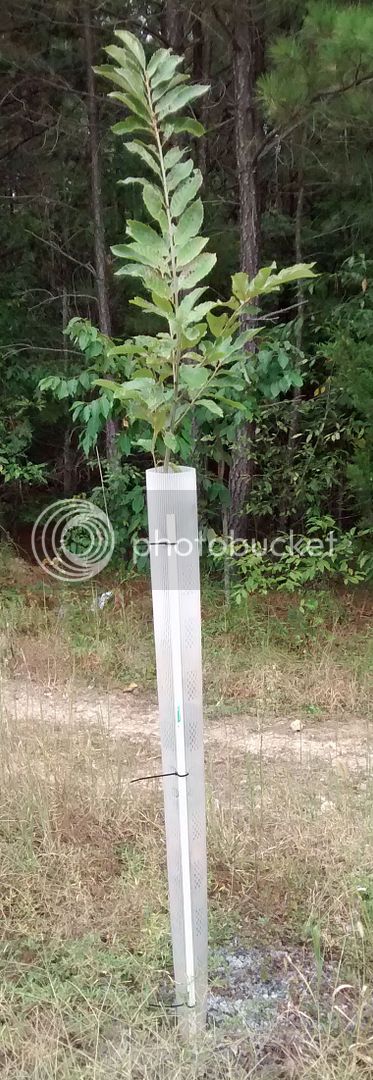Until blight resistant American chestnuts are to released, the aren't many good options. But it depends on your climate and what they will be competing against in the forest.
Dunstan has primarily Chinese genetics and most will have the spreading Chinese form. However, some might be a taller American form. If you planted enough cheaply enough, some may get tall enough to get enough light to produce. The rest would languish in the understory.
I have planted some hybrids I got from a Chestnut researcher. Those nuts had a mix of American, Chinese, and European genetics. Might get tall enough, might survive blight, might be cold hardy for me. Everything else is planted as an orchard in a field.
For more southerly areas, European and Chinese Henryi would have more of a timber form but are less cold hardy. Henryi seem hard to find but I have not looked much. European would not be blight resistant.
Empire Chestnut sells hybrid nuts or seedlings that have enough European in them that they might have a timber form and may or may not be blight resistant. They list them as experimental. I'd suggest buying a couple pounds of nuts instead of seedlings.
If you can experiment cheaply, you might get some trees might survive against 60+ foot tall forest trees. But an orchard planting is the proven method for Dunstan or other Chinese pure/hybrids.
